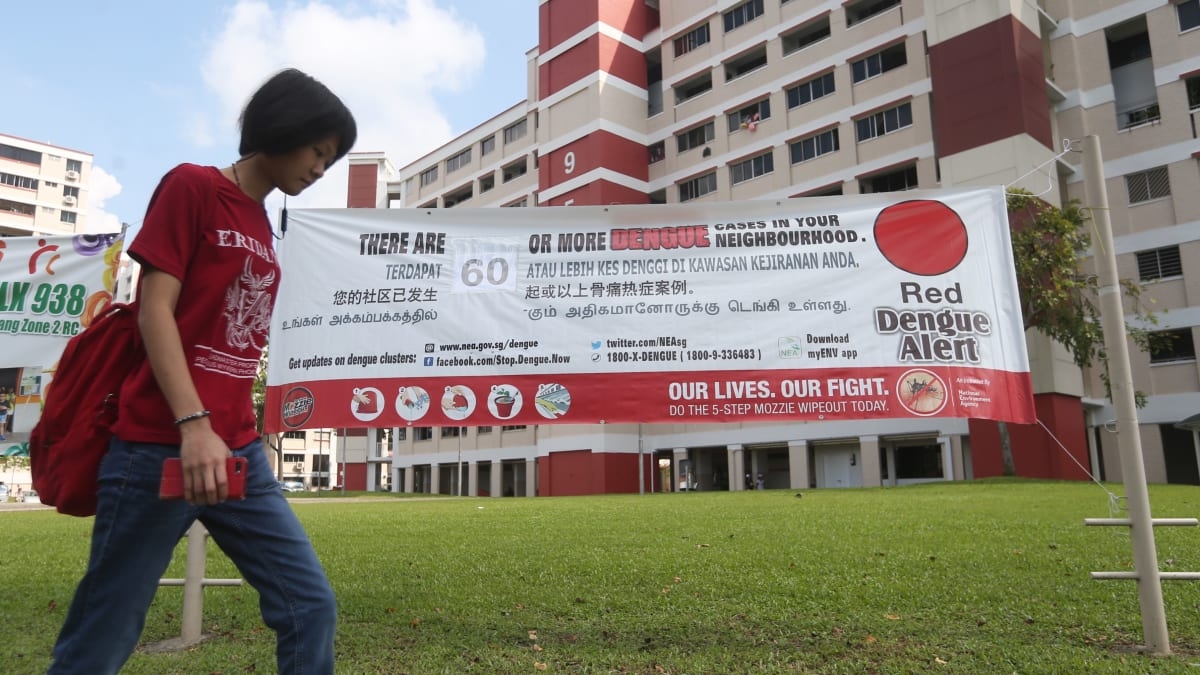Increased dengue risk linked to age and design of older HDBs

Residents of Singapore’s older Housing Board (HDB) blocks are more susceptible to dengue infections, according to a recent study by scientists from Nanyang Technological University and the National University of Singapore. This study details the environmental and human factors that influenced dengue incidence from 2014 to 2020 and reveals the important role of building age and design in determining dengue risk.
The study found that new HDB buildings had half the number of dengue cases compared to buildings older than 29 years. Older buildings, with an average age of 29.1 years, often have design features that make them prone to water retention, such as flat roofs and bamboo pole stands. Furthermore, cracks and gaps that appear on the surface as it ages become breeding grounds for mosquitoes, increasing the risk of dengue fever infection.
New Building: Safer Haven
In stark contrast, new buildings are designed with improved drainage features, such as pitched roofs and drying racks. These features greatly reduce the risk of stagnant water pools, which are a major breeding ground for mosquitoes that spread dengue fever.
The study also investigated the effects of building height and proximity to water bodies on dengue incidence. It was observed that dengue cases were more prevalent in low-rise buildings and buildings near water bodies. This is thought to be due to the behavior of female Aedes aegypti mosquitoes, which tend to fly at low heights, which causes dengue to spread.
Nitrogen dioxide: a potential deterrent?
The study also investigated the effects of nitrogen dioxide in the air. Interestingly, this gas is toxic to insects, so higher concentrations were found to reduce the incidence of dengue fever. However, the use of such pollutants for vector control was considered unwise due to the potential environmental impact.
The findings aim to strengthen targeted vector control efforts, especially in areas with old HDB blocks that can be hotspots for dengue fever outbreaks. Although no specific region has been identified as being at high risk, eastern Singapore is known to have a high dengue burden due to its large population, older housing, and densely packed housing. The research team plans to extend this analysis to Southeast Asia, thereby contributing to a broader understanding of dengue risk in the region.
